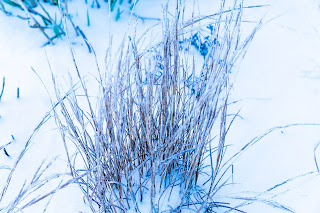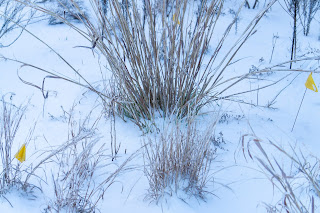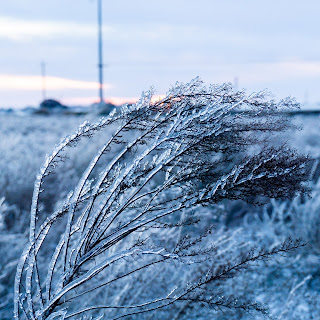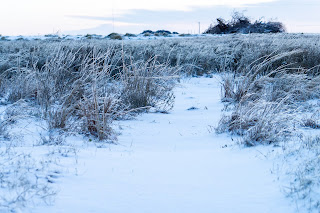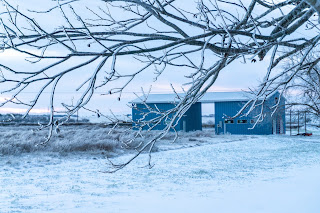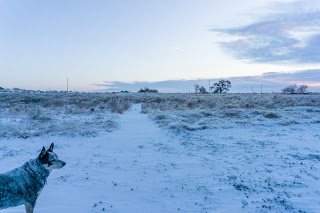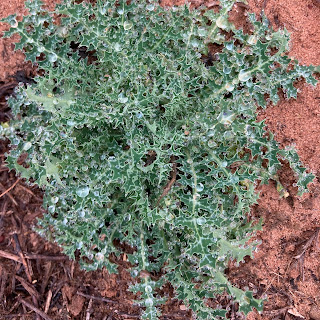
I am sitting in the warmth and comfort of my home, looking out of my newly-converted-garage to-library window onto the prairie draped in shades of brown. The switchgrass still pokes its spindly stems above the other grasses. The green stems and yellow asters of the camphor weed have gone black. The post oak and the pecan branches etch the gray sky. The little bluestem still adds a rusty hue to the landscape. On this cold, drizzly, icy afternoon the prairie has gone to sleep.
Judy Collins wrote the lyrics to “Fallow Way” while she was out in the country, watching it snow. I love the lines:
“While deep beneath the glistening snow
The black earth dreams of violets”

In our fear-of-missing-out society we don’t have time to be fallow, to rest, to dream. Yet that is the way the natural world functions. The yawning seedlings of early spring yield to the bursting green growth of later spring, which yields to the bulging fruitfulness of early summer, which yields to the harvest and seed production of fall, which finally yields to the rest of winter.
We could take some instruction from the winter prairie. We could learn to love the fallow way, when time or circumstances or even weather invites our stillness, our rest, our unproductivity, our dreams.

*You can read all the lyrics at
or listen to her sing them on YouTube.
She originally released the song in 1997, but this version is from 2019, when she was 80. She recently released an album of original songs at the age of 82. It seems she has learned to love the fallow way with its quietness and patient fruits..













































